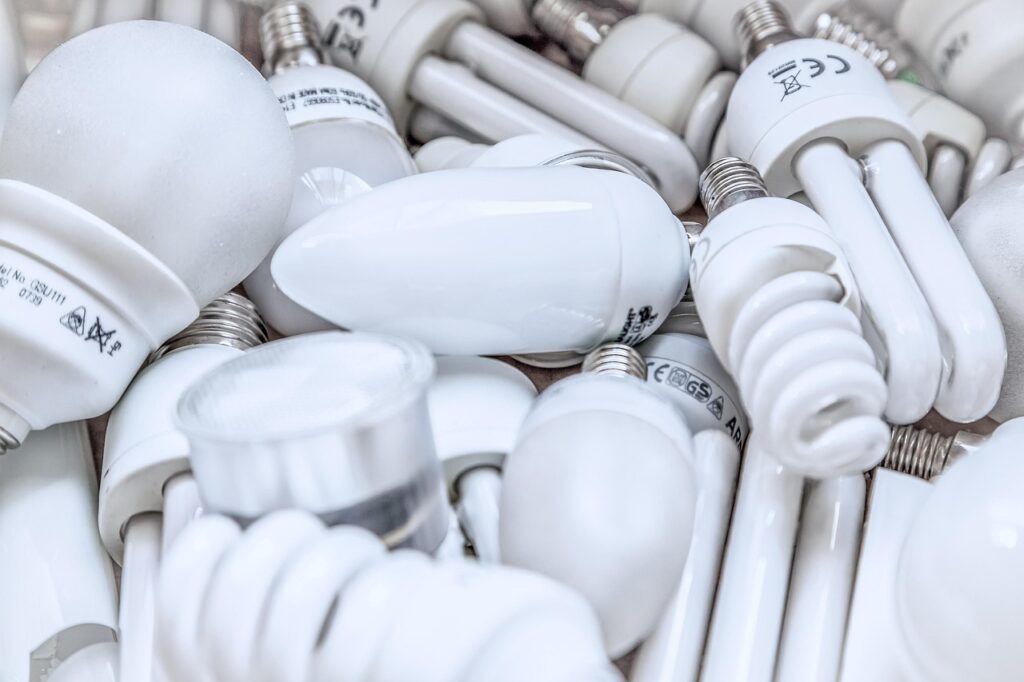What Are Home Energy Monitoring Devices?
Home energy monitoring devices are smart tech tools designed to help homeowners understand exactly how much electricity their homes are consuming. These devices provide real-time or near-real-time data on energy use, breaking down consumption by individual appliances or by the whole house. By gaining this insight, you can make smarter decisions to reduce waste, improve efficiency, and ultimately slash your energy bills.

Types of Energy Monitoring Devices
There are several types of home energy monitoring devices available, each serving a unique purpose. Understanding these will help you pick the right one for your needs.
- Whole-House Energy Monitors: These devices are typically installed at your electrical panel and measure the total energy consumption of your home. They provide comprehensive data and are ideal for those who want a complete picture of their household’s energy use.
- Smart Plugs: These handy gadgets plug into your existing outlets and monitor the energy use of the device plugged into them. They’re great for tracking specific appliances and can often be controlled remotely.
- Appliance-Specific Monitors: Some devices are designed to track specific types of equipment such as refrigerators, HVAC systems, or water heaters. These monitors give detailed insights on the biggest energy users in your home.
- Mobile Apps: Many energy monitoring devices come with companion smartphone apps that visualize your data in an easy-to-understand way. Some apps also provide energy-saving tips and alerts to help you reduce consumption.
How Home Energy Monitoring Saves You Money
Energy monitoring devices empower you by showing where your electricity goes. Once you know which appliances are consuming the most power, you can take action:
- Adjust your usage habits to avoid running energy-hungry devices during peak hours.
- Identify devices that are left on or in standby mode and turn them off.
- Decide when it’s time to upgrade to more energy-efficient appliances.
- Implement automation using smart plugs or thermostats to optimize energy use.
By making these changes, many homeowners slash their monthly energy bills — sometimes saving hundreds of dollars annually.
Top Benefits of Using Energy Monitors
Besides saving money, using energy monitors comes with a host of other benefits:
- Reduce energy waste: Knowing exactly how much energy each device uses helps eliminate wasteful habits.
- Better understanding: Visual reports and alerts educate you on your household’s energy patterns.
- Identify “energy vampires”: Many electronics draw power even when off — energy monitors help you spot these hidden drains.
- Eco-friendly living: Efficient energy use lowers your carbon footprint and supports sustainable living.

Popular Energy Monitoring Devices in 2025
Here are a few of the top-rated home energy monitoring devices currently on the market:
- Empower Eco Monitor — A whole-house monitor that offers real-time energy data and detailed analytics through its companion app.
- SmartPlug 3000 — A versatile smart plug that monitors individual devices and can be controlled remotely.
- Energy Watch Home System — Designed for appliance-specific monitoring with easy installation and powerful insights.
How to Choose the Right Device for Your Home
Choosing the perfect energy monitor depends on your goals and budget. Here are some tips to consider:
- Budget: Whole-house monitors tend to be pricier and require professional installation, while smart plugs are more affordable and easy to set up.
- Detail Level: If you want detailed data per device, smart plugs or appliance-specific monitors are ideal. For an overview of total usage, whole-house monitors are better.
- Ease of Use: Look for devices with intuitive apps and clear data visualization.
- Compatibility: Check if the device integrates with your existing smart home ecosystem.
Getting Started With Your Energy Monitor
Once you have your device, installation is usually straightforward:
- Follow the manufacturer’s installation instructions carefully. For whole-house monitors, consider hiring a licensed electrician.
- Connect the device to your Wi-Fi network to enable remote monitoring.
- Download and set up the companion app on your smartphone or tablet.
- Track your energy use for at least a week to identify patterns and potential savings.
Start making adjustments based on the insights you gain, such as turning off unused devices or scheduling energy-intensive tasks during cheaper rate times.
Final Thoughts
Home energy monitoring devices are a practical, easy-to-use tool for anyone looking to reduce energy consumption and save money. They provide valuable insights that empower you to make informed decisions about your home’s energy use. Whether you start with a simple smart plug or invest in a whole-house monitor, taking control of your energy habits is a smart step toward a greener, more efficient home.

Leave a Reply